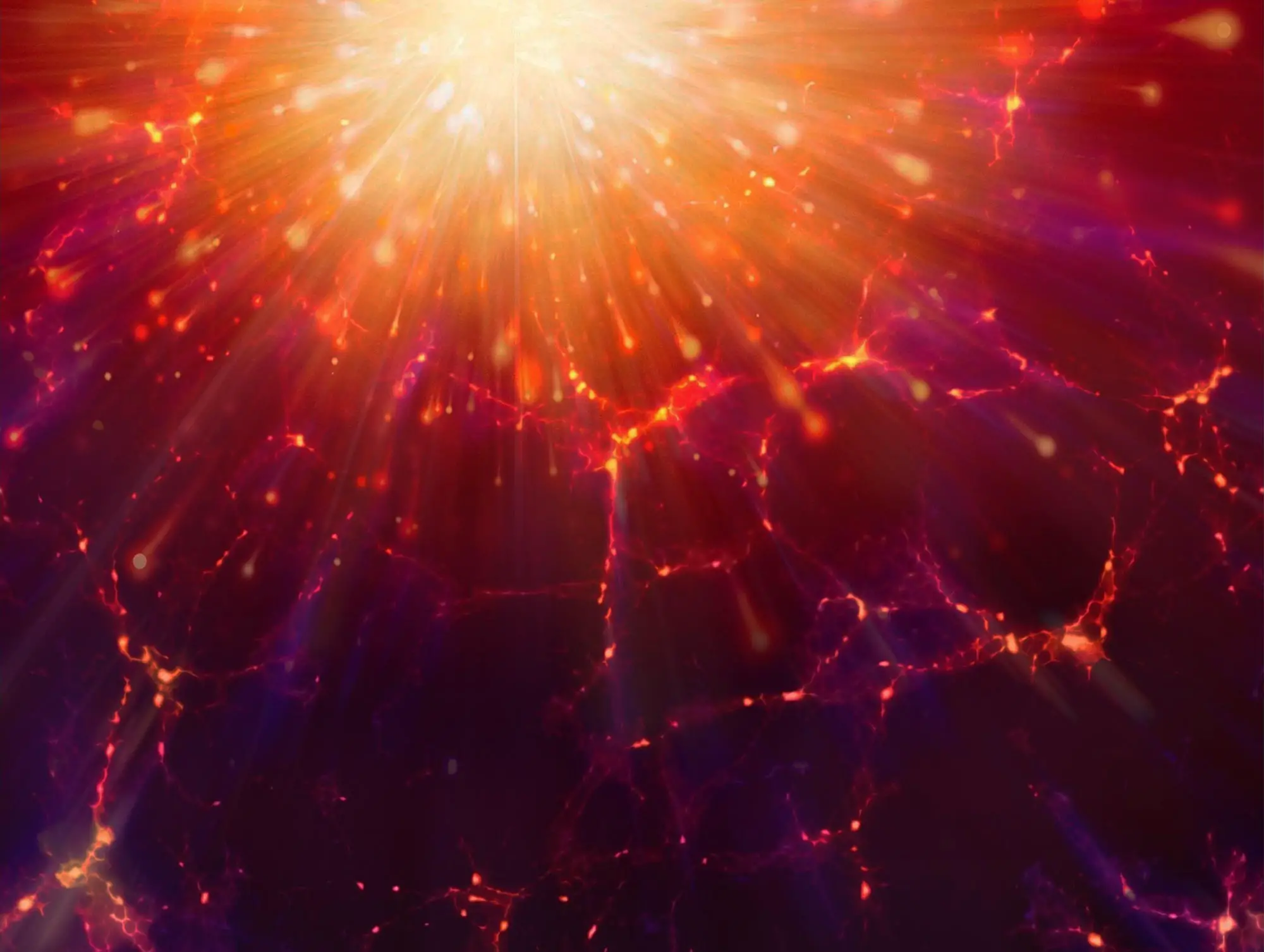The universe has strange properties that are hard to understand. For instance, the matter we know makes up only a small part of the energy of the universe. Most of the energy, around two-thirds, comes from something called “dark energy.” Scientists don’t yet fully understand what dark energy is, but they think it might be connected to the universe’s expanding and accelerating at a faster pace.

There’s also a big problem: the theories and observations don’t match. But now, two scientists from Luxembourg have found a new way to solve this puzzle.
Dark energy is thought to be an expression of what scientists call “vacuum energy.” This energy comes from particles and antiparticles appearing and disappearing constantly in empty space. These particles and antiparticles quickly vanish, but their existence leaves behind some energy. Vacuum energy is a result of quantum field theory, which brings together quantum mechanics and special relativity. But this theory doesn’t match up with general relativity, which was developed by Albert Einstein.
In general relativity, vacuum energy is known as the cosmological constant. The cosmological constant can be determined directly by experiments, but the values obtained from quantum field theory are much larger, up to 10120 times larger, which is a huge discrepancy. This discrepancy is called the “cosmological constant enigma.”
The two Luxembourg scientists, Prof. Alexandre Tkatchenko and Dr. Dmitry Fedorov, have now found a solution to this puzzle. They propose that the energy from the coming and going of particles and antiparticles leads to a self-interaction of the vacuum. This self-interaction can be measured and calculated, and the scientists have used their new model to determine the energy density. Their results match well with the measured values for the cosmological constant.
In other words, dark energy can be traced back to the energy density of the self-interaction of quantum fields. This is a big step forward in solving the cosmological constant enigma.
